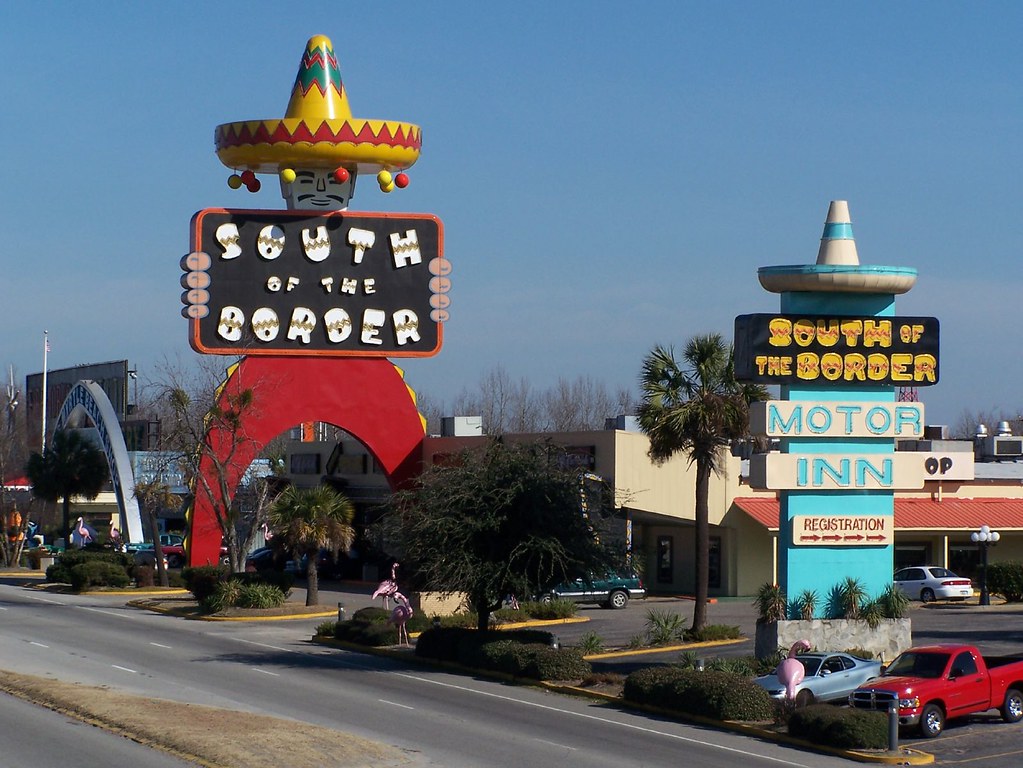
For long haul drivers, life on the road can be an adventure but it can also leave them missing home and all of its creature comforts. For many, the end of the workday means making a nice meal and enjoying some leisure time with family as a way to wind down and push away the stressors from the day. Truck drivers are no different. The best way to achieve this on the road is to take some comforts from home.
Kitchen
Truckstop food is notoriously unhealthy and eating out frequnetly doesn’t just take its toll on your health. It can be tough on the wallet as well. That’s why many drivers turn to cooking meals in their truck. With the right tools, you can be a trucker master chef!
- Microwave: Up to 800 watts, allows you to eat cheaply with TV dinners, leftovers.
- Mini-fridge: Essential. Not only allows you to keep cold drinks but you can store fresh food which is important for a healthy diet.
- Crockpot: If you like food cooked in a slow cooker, there’s no reason you can’t cook a slow-cooked meal in your truck. They come in models that are 1.5 quarts and are powered by a 12-volt adapter. The best part? Your truck will smell like a home-cooked meal all day.
- Electric Skillet or hot plate: Cook yourself a full breakfast or a healthy veggie stir fry.
- Blender: If you’re trying to eat healthier, what could be better than a fresh fruit smoothie?
- 12-volt lunch box cookers. They plug into the lighter and they’re great for warming up TV dinners or leftovers and can do some light cooking.
- Hot Pot: Great for soups and keeping beverages hot.
- Coffee Maker: With a coffee maker in your cab, you’re ready whenever you might need a caffeine pick-me-up.
- Charcoal Grill: Obviously, this isn’t for cooking inside your truck but grilling yourself a nice steak now and then is a nice treat. It can also give you an alternative to greasy fast-food burgers by grilling yourself healthier options like turkey or veggie burgers.
Of course, you probably don’t have the room for all these appliances so try to determine which would be best for the types of foods you usually have. Space in the cab of a truck is a precious commodity so you should try to determine which appliances you really need. You don’t have to keep them all in your truck all the time. You can mix it up to keep things interesting. Keep your crockpot at home until the weather gets colder and you might find comfort in a warm, homey meal.
Entertainment and Relaxation
After a long day of work and a nice meal, it’s time to chill out and relax. Fortunately, there are a lot of options.
- Laptop: Skype with family or keep in touch with them through social media or email. Whether you use it to get the day’s news, watch shows and movies, or play games, a laptop is the best way to stay connected with home.
- TV: A smart TV with streaming services like Netflix and Hulu can keep you caught up on your favorite shows while on the road.
- Game console: If you’re a gamer, with a wifi connection and a laptop or your favorite game console, you can connect with others and play with friends and family back home.
- Wifi: While many truckstops offer free wifi, you’ll be lucky if it reaches your truck. You can get this using your cell phone as a hotspot but you should check your data plan to make sure it’s sufficient for your viewing habits. Your mobile provider will have other options for connection using hotspots for your truck. Satellite services are also available.
- Air conditioner and heater: Small air conditioning units or heaters are available for truck sleepers that will keep you comfortable without keeping your truck idling.
Keep in mind the number of outlets you have in your truck. A large power inverter will allow you to power almost anything but if you work for a trucking company, check first to see what their policies are for using inverters and appliances before you buy. Some inverters require rewiring the battery which may not be allowed.
At Direct Freight Services, trucking is our business. We help drivers find loads to keep their trucks on the road. Direct Freight is a full-service load board that allows truckers to find loads and companies to post their available loads. The Direct Freight website also has many useful features such as a mobile app, credit reports and scores, mile calculators, fuel price data, weather conditions, turn-by-turn truck-specific routing and more. To see everything Direct Freight has to offer, go to DirectFreight.com today!
Sources
https://www.bigrighq.com/how-do-truck-drivers-watch-tv-while-out-on-the-road/
https://www.howtohome.com/portable-cookers-for-trucks-and-cars/













